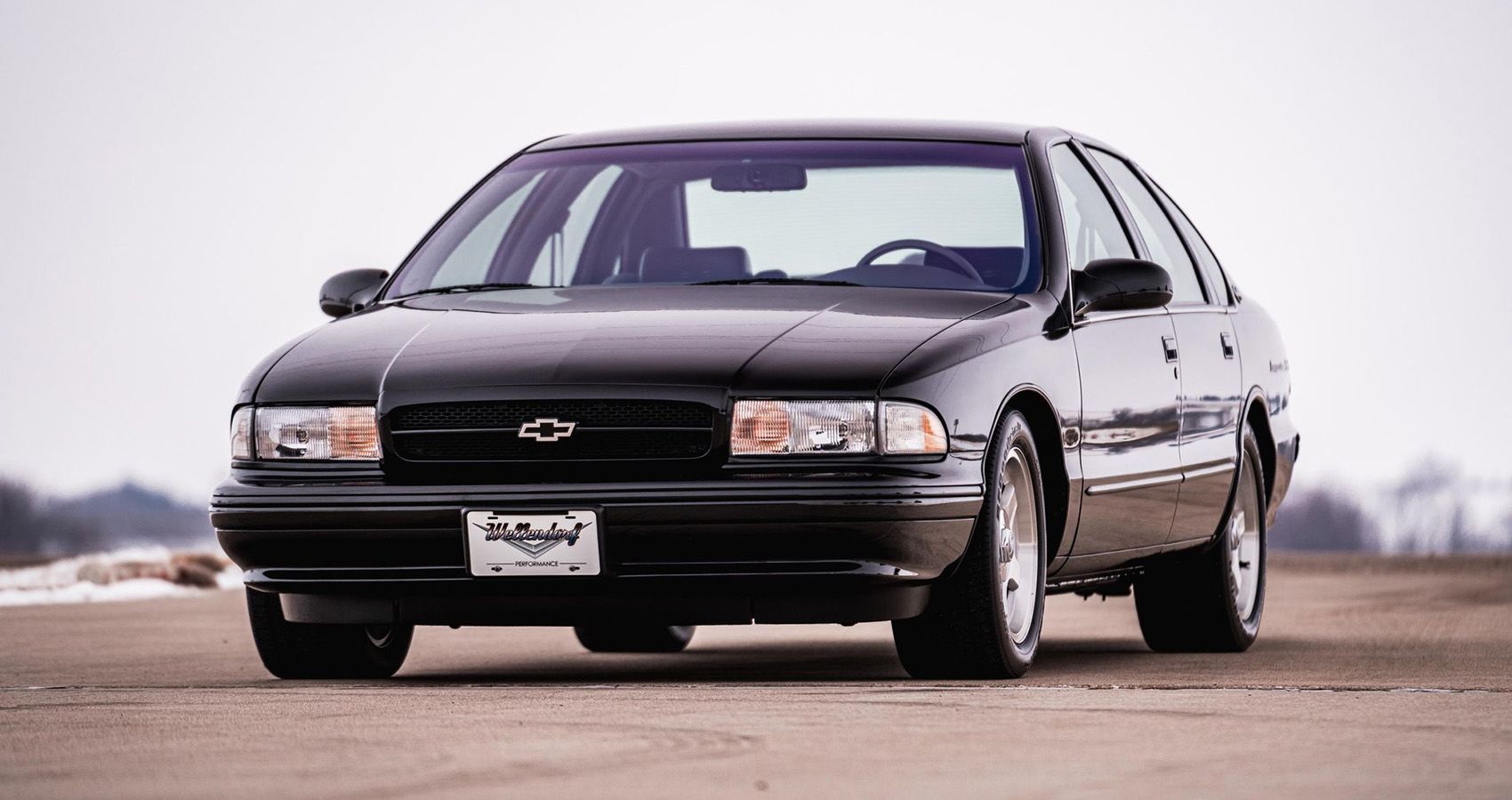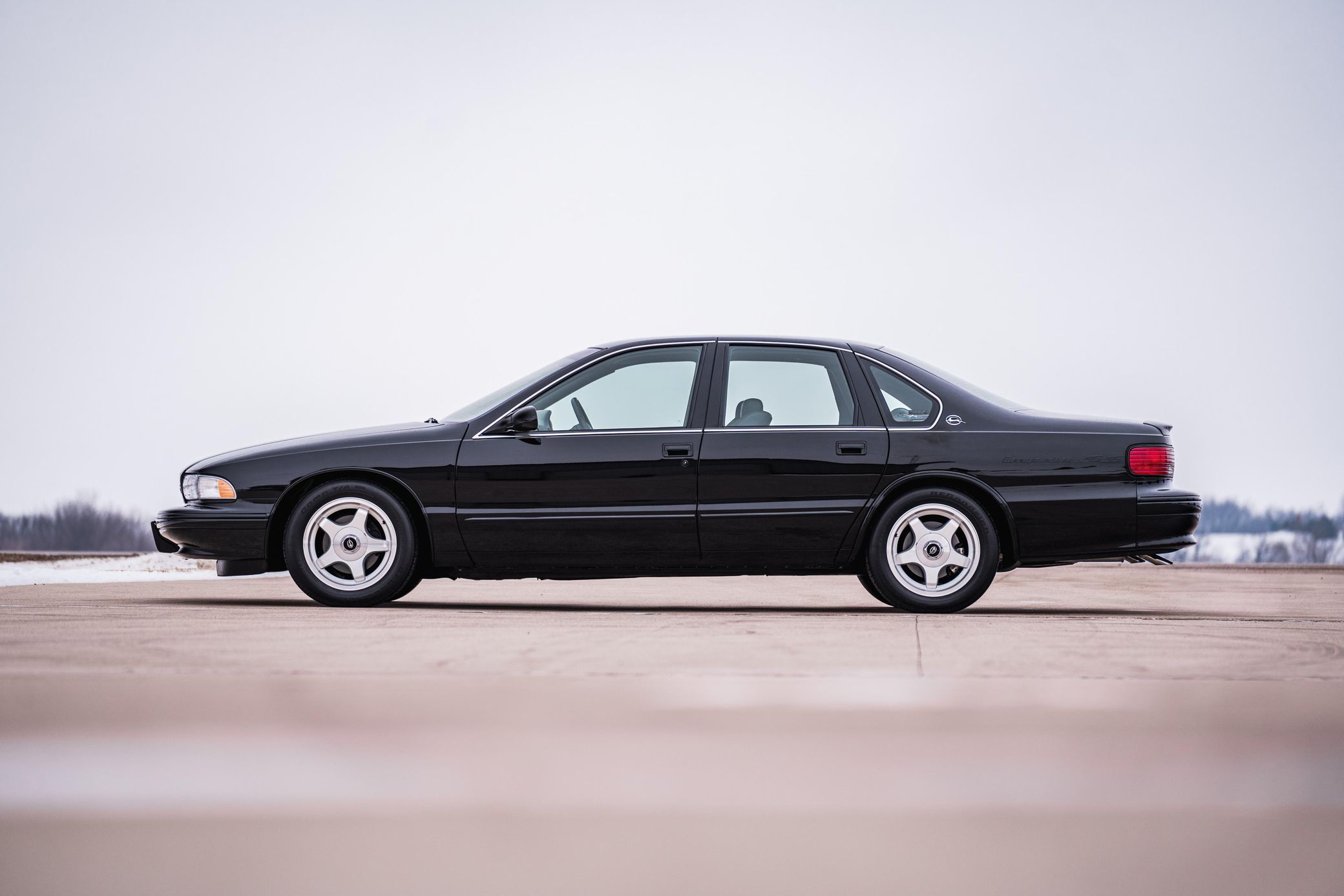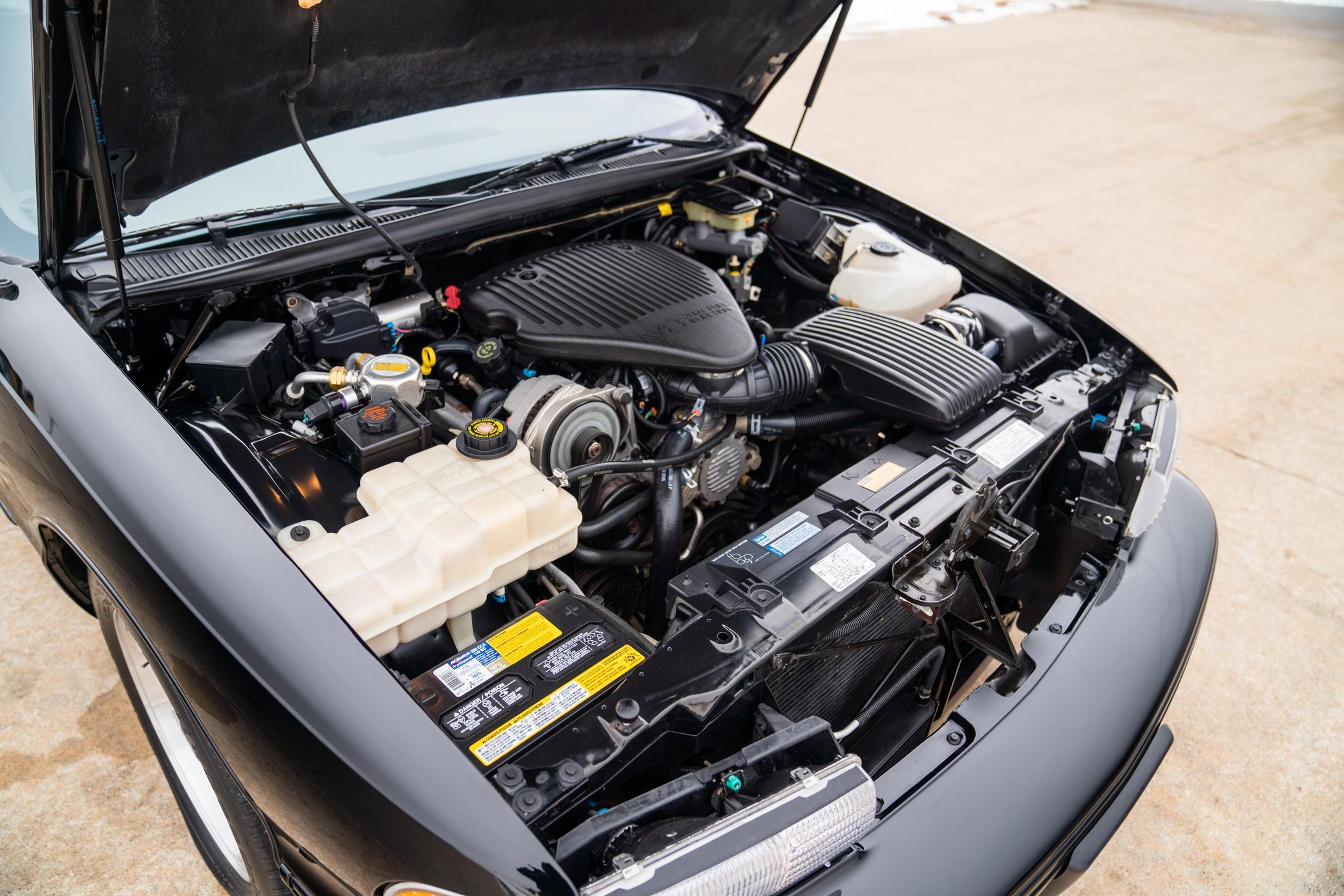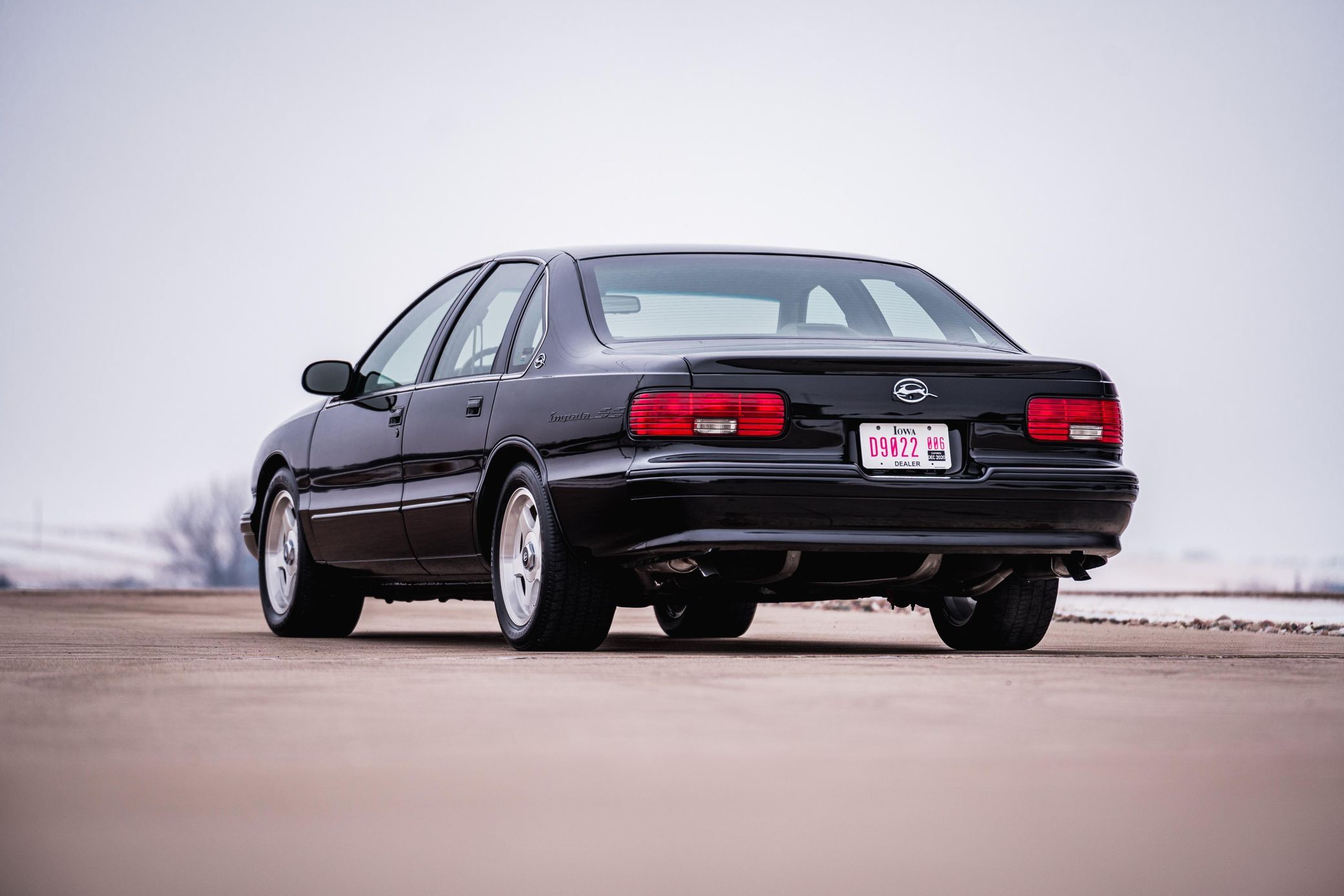Sedans are still very popular today and, quite frankly, they've been from the very beginning. From the '50s to the '70s era, the sedan shape was the most popular body style across the planet. They were widespread for various reasons. One being the lightweight build, which not only made it easier to drive around, but also gave it a great fuel economy. For the most part, they also have better acceleration, braking, and speed. It was during this time that Chevrolet premiered a vehicle that would go on for up to 10 generations, spanning over a 6-decade period, becoming the brand's longest-lasting model, and the coolest sedan of all time: the Chevy Impala.
In the mid-90s era, the industry experienced an SUV craze. In a market that lacked more passenger-friendly and utilitarian sedans, crossovers offered the best of both worlds. As the industry welcomed more and more SUVs and crossovers, the sedan seemingly began to shrink, along with their market share. Of course, before that, the ultimate Chevy Impala SS made it back to the scene in the 1990s after nearly a decade-long hiatus. And this time, the seventh-generation Impala SS debuted with smarter looks, cool features, more power, and new driving capabilities.
In this article, we look at the 1996 model year and how it became one of the most reliable police cars in the United States.
The Classic 1996 Impala SS Emerged Victorious
A variety of factors, including a disastrous style change in 1991, led to low sales and the eventual demise of the Caprice model. Additionally, declining demand for full-size cars set off a chain of events that eventually crashed the Cadillac Fleetwood and Buick Roadmaster, the cars that grounded the Impala's incarnation. Basically, the seventh-generation Impala was the lifeboat that kept Chevy afloat as the ship, or the Chevy sedan lineage, was sinking.
After running for 30 years, the 1986 model year the Impala nameplate disappeared from the chassis and returned in 1994. Chevrolet unveiled the seventh-generation Impala SS badge at the Detroit Auto Show. It was set to be a high-performance version of the Caprice. The redesigned face sat in a 1977 frame design. The concept version stood much lower than the Caprice and packed an 8.2-liter motor, which was later replaced by a high-powered V8 engine, a modified suspension system, and an updated frame.
For the 1996 model year, the Impala’s exterior received a subtle styling revamp, along with 17-inch 5-spoke wheels to complete the exterior package. In dimension, the Impala was large, measuring 214.1 inches in length, and 77 inches in width, similar to the Caprice. The production version was much heavier than the concept car, and thanks to the introduced federal emissions regulations, was propelled by unleaded gasoline.
The 1996 Chevrolet Impala SS Was A Top-Of-The-Line Caprice SS
In the early generation lineups, Chevrolet focused on external body modification and other outer amenities, but later generations focused on technology and luxury upgrades.
Under the hood, the 1996 Chevy Impala was equipped with an LT1 5.7-liter small-block V8 engine, borrowed from the Corvette, that delivered an output of 260 horsepower and 330 lb.-ft of torque. Power went through the 4L60E 4-speed automatic transmission to the rear wheels with a 3.08 gear ratio. Unlike other LT1s that came with aluminum heads, the Impala’s engine packed cast-iron heads and a distinct camshaft that was designed for more lower-end torque.
With this powerful setup, the Impala could achieve a 60-mph sprint in under 7 seconds, and up to 91.1 mph in 15.3 seconds, making it faster than the BMW 5-Series super sedan. It had a top speed of 142 mph. The Callaway Supernatural SS model made 404 horsepower and went up to 60 mph in only 5.9 seconds.
Much of the Impala’s performance was based on the Caprice 9C1 police package, which included a Corvette LT1-derived verse-flow cooling system, an improved sports-tuned chassis, four-wheel disc brakes, and other equipment that was only available to law enforcement. With its features and new performance stats, the Impala was essentially a souped-up police car that was converted into a muscle car.
The 1996 Chevy Impala SS Inspired A Next Generation Performance Lineage
As the last model year of the seventh-generation fleet, this incredible performance model became the most anticipated and sought-after Impala on the market.
To celebrate last year on the line and the last hurrah of the Impala nameplate, at least for the time being, Chevrolet incorporated various features, including a beautifully-designed analog gauge cluster (replacing the digital version) with a tachometer and floor-mounted shifters. It's all been on the eye-catching console. Its seats featured high-quality leather upholstery for added comfort. The Impala SS also came with cruise control, air conditioning, power windows and mirrors, and remote-controlled power door locks.
Production of the 1996 Impala SS began late in the model year. The Impala was discontinued in December 1996, after producing and selling 41,941 units. Chevrolet revived the Impala nameplate in 2000, offering a 3.4-liter V6 and a more potent 3.8-liter engine.




